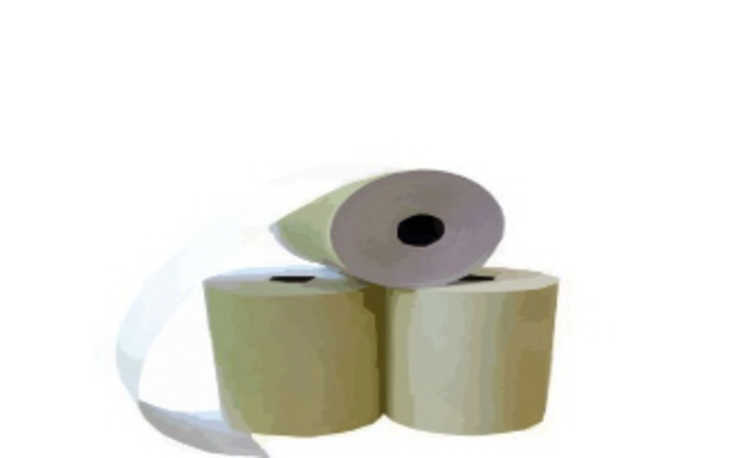Bank statements: thermal paper is an obstacle to recycling
As with credit card receipts and fax papers, heat-sensitive paper with BPA is a problem for recycling


Imagine the following situation: you go to the bank, print the balance and it is in red. You get angry and request the statement, so you can see where you spent it and rethink your costs. You will have, when you leave the bank, two pieces of paper, usually yellowish, and which were printed due to the action of heat. That's right, the heat, as bank statements are printed on a type of paper known as heat-sensitive.
You might think this is a practical and interesting technology. Really, but the problem occurs for a simple fact: this type of paper contains bisphenol-A (BPA) in its composition (see more about the dangers of BPA below).
What should be done?
Just have a simple habit: avoid printing statements and vouchers. You may ask yourself: but how will I know about my expenses? Just access your homebanking or request proof of debit via SMS. Despite being recyclable, it's not feasible to use this process with heat-sensitive paper because it could release BPA in recycling, contaminating other materials, according to the Pollution Prevention Resource Center (PPRC).
Dangers of BPA
According to information posted on the website of the Brazilian Society of Endocrinology and Metabolism of the State of São Paulo (SBEM-SP), “it is worth noting that some of the harmful effects of bisphenol, such as altering the action of thyroid hormones, the release of insulin from the pancreas, as well as those of promoting the proliferation of fat cells, were observed with nanomolecular doses, that is, extremely small doses, which would be lower than the supposed safe dose of daily intake. (Source: Melzer et al, Environmental Health Perspectives, 2011)”.
In general, BPA unbalances the endocrine system, modifying the hormonal system. The effect of BPA in the body can cause abortion, reproductive tract abnormalities and tumors, breast and prostate cancer, attention deficit, visual and motor memory deficit, diabetes, decreased sperm quality and quantity in adults, endometriosis, uterine fibroids , ectopic pregnancy (outside the uterine cavity), hyperactivity, infertility, changes in the development of internal sexual organs, obesity, sexual precocity, mental retardation and polycystic ovary syndrome.
Normally, contamination occurs through ingestion, BPA is released from plastic containers and ends up contaminating the food. Research published by Analytical and Bioanalytical Chemistry showed that, in the case of thermo-sensitive papers, contamination can occur through contact with the skin. According to the research, the contamination varies according to the amount of BPA present in the composition of the paper, and it is much smaller than the contamination by ingestion, but we must still be careful.
Other materials had already been tested to make thermal paper, but they also used substances whose consequences for human beings are still nebulous.










